|
|
|
GAS DETECTION - OZONE
(O3) - INDUSTRIAL |
|
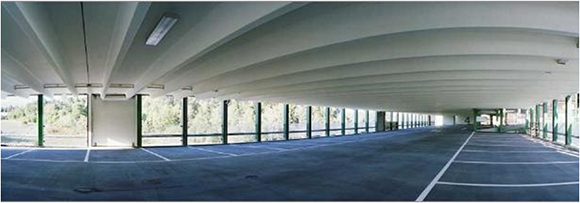 |
|
|
|
Ozone
This gas is toxic and a health
hazard when it occurs at ground level (ground level ozone), but high
up in the atmosphere it fills a vital role as a filter
of harmful UV radiation.
Ground-level ozone (also known as tropospheric ozone), is ozone near
the earth's surface.
In the stratosphere, at over ten kilometer´s altitude, ozone
protects against the sun's dangerous ultraviolet rays, but it is
harmful to plants and animals living in the lowest part of the
atmosphere.
Ozone
prevents the photosynthesis from taking place and damages the water
balance of plants, and reacts with the mucous membranes of the
respiratory tracts.
Ground level ozone is for instance formed when sunlight meets
exhaust fumes from cars.
It also
produced in photocopiers.
Ozone is a natural greenhouse gas needed to purify the air at ground
level.
In the photochemical process, for example, when the sun's UV rays
hit oxygen (O2), free oxygen is produced (O), and ozone (O3).
Ozone
oxidizes contaminants very quickly and often breaks them down into
carbon dioxide and water.
The decrease of ozone in the atmosphere (due partly to the increased
industrial emissions) has in recent decades led to the so-called
ozone holes appearing over the earth's polar regions (Arctic and
Antarctic).
Technical use
Ozone is chemically very aggressive and has a relatively high
technical use.
It can be used, for instance, to achieve extremely fast and
effective bleaching of chemical pulp, and for sterilization of
water. One problem with the technological use of ozone is its
instability.
It must therefore be produced on site.
Ozone is sometimes used to remove odors.
Common uses are:
-
Preparation of drugs and synthetic lubricants, where the function of
the ozone is to break the carbon-carbon bonds.
-
Bleaching of pulp and textiles.
-
Disinfection of air and water since the ozone kills mold spores,
bacteria and microorganisms.
-
In many parts of the world use ozone instead of chlorine is used to
purify municipal drinking water.
-
Ozone forms no organic chlorine compounds and is not left in the
water after the cleaning
process.
-
Disinfection of washing in hospitals, medical facilities and in the
food industry.
-
Killing of bacteria, yeast, mold and insects on food
as well as in stores for corn.
-
Elimination of odors in furniture that has survived fires but still
smells of smoke. In such cases a so-called ozone chamber is used.
Choice of Equipment
The Stand-alone detector is a detector
where power supply, alarm and control functions are integrated in
the detector housing. This detector is used where very simple
systems are sought and only few monitoring points are desired.
|
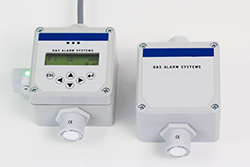
RO3 Standalone detector, relay and analog output |
|
|
|
|
Art/Science |
RO3 (uk) |
RO3 |
|
|
|
 |
 |
 |
|
| |
RS485 |
Manual
under prep. |
Datasheet
|
|
| |
|
|
|
|
| |
|
Underst. |
CE |
|
| |
|
 |
 |
|
| |
|
RS485 |
under prep. |
|
|
|
|
|

WO3, Standalone-detector, analog modbus and relay |
|
|
|
|
Art/Science |
WO3 (uk) |
WO3 |
|
|
|
 |
 |
 |
|
| |
RS485 |
Manual
under prep. |
Datasheet
|
|
|
|
|
|

SO3, Stand Alone detector - Wall
ModBus, Analog, Relay Output |
|
CE |
Art/Science |
Underst. |
S-O3 |
|
 |
 |
 |
 |
|
declaration
under prep |
RS485 |
RS485 |
Datasheet
under prep |
|
|
|
|
|
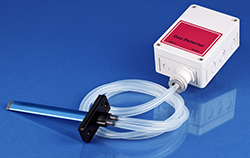
SO3,
Combi detector - Duct
ModBus, Analog, Relay Output |
|
|
|
Environm. |
Calibr. |
CE |
Duct |
|
|
 |
 |
 |
 |
|
|
declaration |
certificate |
deklaration
under prep |
Kit |
|
|
|
|
|
|
|
|
|
|
|
|
|
|
|
|
|
|
|
|
|
|
|
|
|
|
|
|
|
|
|
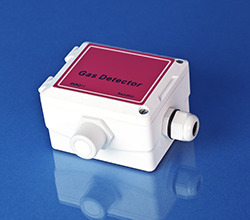
Analog detector, AO3 - Wall |
|
Environm. |
CE |
|
A-O3 |
|
 |
 |
|
 |
|
|
declaration |
declaration
under prep |
|
Datasheet
under prep |
|
|
|
|
|
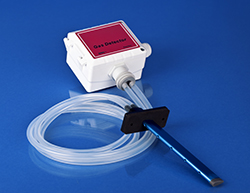
Analog detector, AO3 - Duct |
|
Duct |
IP |
|
Calibr. |
|
|
 |
 |
|
 |
|
|
Kit |
Protection |
|
Certificate |
|
|
|
Warning lights for
nitrogen dioxide detectors |
|
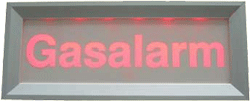
Gas alarm plate for nitrogen dioxide detector |
|
|
|
|
|
|
|
|
|
|
 |
|
|
|
|
|
Datasheet |
|
|
|
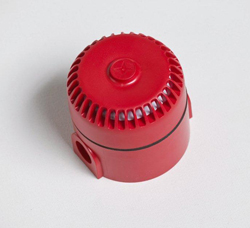
Warning Siren for nitrogen dioxide sensors |
|
|
|
|
|
|
AAW |
|
|
|
|
|
 |
|
|
|
|
|
Datasheet |
|
|
|
|
|
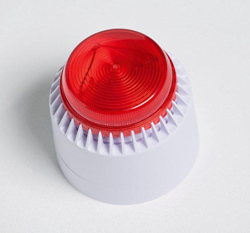
Combined warning siren and flash light for
nitrogen dioxide sensors |
|
|
|
|
OAW24 |
|
|
|
|
|
 |
|
|
|
|
|
Datasheet |
|
|
|
|
|

BO3, Field Bus detector - Wall
Modbus, BacNet, etc. |
|
|
|
CE |
to do |
|
BO3 |
|
|
 |
 |
|
 |
|
|
declaration
under prep |
Manual |
|
Datasheet
under prep |
|
|
|
|
|

BO3, Fieldbus detector - Duct
Modbus, BacNet, etc. |
|
|
|
IP |
Calibr. |
Underst. |
Art & |
|
|
 |
 |
 |
 |
|
|
Protection |
certificate |
RS485 |
Science |
|
|
|
|
|
|
|
|
|
|
Environm. |
Duct Kit |
|
|
|
|
 |
 |
|
|
|
|
declaration |
Datasheet |
|
|
|
|
|
|
|
|
The exchangeable sensor X-CHANGE turns the
recalibration into a home game:
-
Delivery of recalibrated sensor
cartridges
-
Easy exchange, no specialized company
needs to come to you
-
Available for every gas type
-
At guaranteed exchange prices
-
Increased reliability (SIL2-software)
-
Important time and cost savings
The X-Change support guarantees a price based
on the consumption of the sensor capacitance.
For each uncalibrated sensor returned to AP,
you will receive a credit for the unused capacity of the sensor.
More >
|

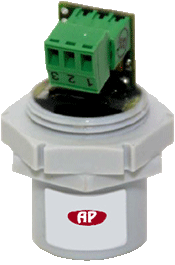 |
|
|
|
|
|
|
|
|
|
Legal and safety requirements
The devices are manufactured
according to the regulations and various directives such as
EN 50545, etc.
Products delivered by AP meet and even exceed the new European Standard EN
50545.
The safety features check the connected
warning devices on functionality and open circuit day and night (Level
SIL2 according to EN 50271). |
|
|
|
|
Quick and easy replacement of sensor
-
Open the housing with a screwdriver.
-
Disconnect the sensor cable and unscrew
the disused sensor head.
-
Exchange the sensor cartridge (3) and
connect the cable of the new sensor head to the PCB.
-
Close cover of the housing with the
screws (1). The recalibrated sensor is ready for use at once.
|
 |
 |
 |
 |
|
|
|
|
Electrical products in an explosive environment
A small amount of energy - a flame, spark, high surface temperature
or similar is required to ignite an explosive gas mixture.
Products installed in an area with a potential explosion hazard must
of course in themselves not be a potential explosion hazard.
For this reason, the products are manufactured in such a way that
this cannot occur.
The equipment must also be labeled and tested - ATEX classified - by
the approved testing authority.
The Ex-class information is available in "Swedish Standard"
The choice of which Ex-classification is required is determined
by factors such as type of gas, permissible maximum surface
temperature and potential explosive hazards in the area where the
products are to be installed.
The potential explosion hazard in the different areas is determined
by the zone classification according to "Swedish Standard".
More about ATEX-products can be found in the following link
ATEX explosionproof detectors
|

CO3,
Combi detector - Wall
ModBus, Analog, Relay Output
|
|
CE |
Art/Science |
Underst. |
CO3 |
|
 |
 |
 |
 |
|
declaration
undedr prep |
RS485 |
RS485 |
Datasheet
under prep |
|
|
|
|
|
|
|

CO3,
Combi detector - Duct
ModBus, Analog, Relay Output |
|
Environm. |
Calibr. |
CE |
missing |
|
|
 |
 |
 |
|
|
|
declaration |
certificate |
deklaration
under prep |
Manual |
|
|
|
|
|
|
|
|
|
|
|
Duct Kit |
|
|
|
|
|
 |
|
|
|
|
|
Datasheet |
|
|
|
|
|
|
|
|
|
|
|